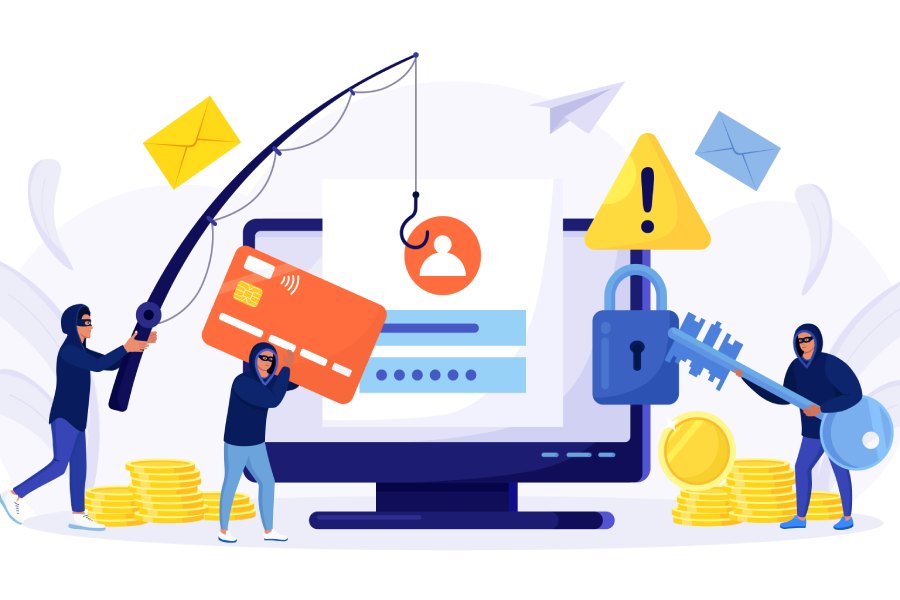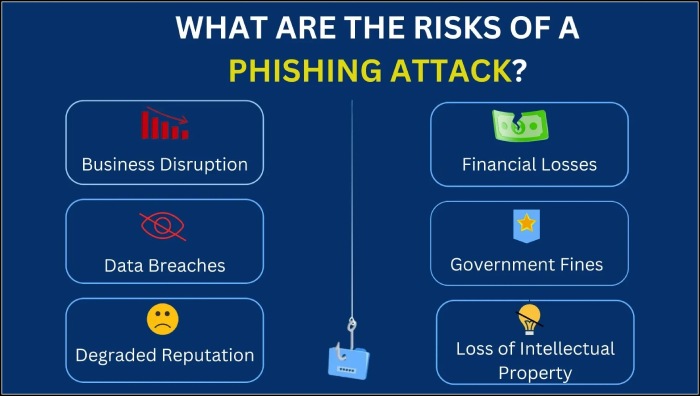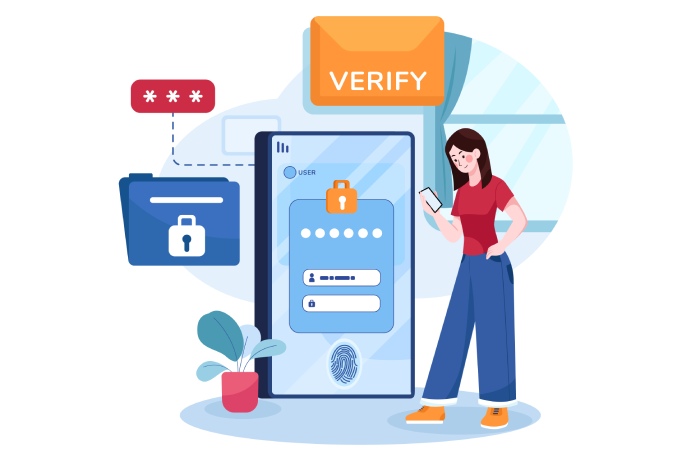Learning to Prevent Credential Phishing in 2024
Phishing is an umbrella term for several kinds of tricks and scams attempted online. For example, there’s ‘credential phishing,’ which is when threat actors steal your passwords or login information. Then, there’s ‘spear phishing,’ which is more targeted and personalized. They might use information about you to make their scams seem more believable. Another type is ‘vishing,’ which involves phone calls instead of emails, where they try to get personal information from you over the phone.
Cybersecurity measures for different techniques remain more or less the same; which means you have to train your employees on red flags of phishing, deploy the right safety tools, onboard cybersecurity specialists, conduct penetration tests, perform vulnerability assessments, plan mitigation, devise a data backup plan, etc.
But we understand it’s easier said than done, so let’s try to wrap our heads around it in a detailed way. This blog revolves around credential phishing.
Why Should You Even Care to Deploy Preventive Measures and Tools?
If you already realize the importance of cybersecurity and the repercussions of phishing attacks are a nightmare to you, then you might want to skip this section and head straight to reading the actual preventive tips.
However, if you still need some convincing about directing your efforts towards safeguarding your brand and employees against breaches and financial frauds, then read on; we are going to scare you off with how badly a single attack can affect your business.
So, ask yourself some genuine questions— can you afford to have that presentation compromised that you created working late each night to get your next funding? Or is it fine if a hacker breaks into your system to encrypt the file that contains some dark secrets of your business and demands a hefty ransom? Or is it going to affect your brand’s reputation if a cybercriminal sends out fake invoices on the pretext of preapproved payments for goods or services that you never bought in the first place?
How will everything look on social media and news? Do you think your customers will still believe in you as they used to? Isn’t this going to give a winning edge to your competitors?
Not just this, but credential phishing can disrupt business operations, leading to downtime, data breaches, and other disruptions.
The landscape of cyber threats, including phishing, is constantly evolving as cybercriminals develop new tactics and techniques. Deploying phishing protection as part of preventive measures allows your organization to stay ahead of these evolving threats, adapting your defenses to protect against emerging attack vectors and tactics.
We hope we can show you a mirror on how vulnerable your business is if your technical ecosystem lacks credential phishing preventive measures.
Let’s First Know What is Credential Phishing
Credential phishing is like an online impersonation game where adversaries pretend to be someone trustworthy, like your bank, boss, or a popular website. Then they send you fraudulent emails, sometimes text messages also, asking for secret codes, passwords, or other sensitive details. They may also trick you into transferring money to their account.
Technical Tips to Prevent Credential Phishing Attacks
DMARC stands as a strong technical defense against credential phishing attacks and optimizes email security across the internet. It’s built upon established protocols, SPF and DKIM, which verify outbound emails by assessing email headers’ domain alignment.
With DMARC, domain owners can establish policies for handling suspicious emails, opting to either quarantine them or block them outright. As a result, DMARC acts as a barrier against credential phishing attacks, curbing their success rates.
Setting up DMARC involves making appropriate changes to DNS configurations by pushing a DMARC record in the domain’s DNS settings. While manual record creation can introduce human error, employing a DMARC record generator can streamline the process. By deploying DMARC, the risk of fraudulent activities on the domain is mitigated, while email deliverability rates can witness a steady improvement of nearly 10% over time.
Fun Yet Effective Ways to Prevent Credential Phishing by Training Your Employees
Arm Your Team With Knowledge
Turn phishing prevention into a game by hosting interactive training sessions where employees learn to spot the sneaky tactics of cyber tricksters. And please don’t forget to reward them with something interesting and useful. Mentoring software can reinforce these efforts by encouraging continuous learning and building a culture of shared responsibility around cybersecurity.
Lock Down Your Login
Make password security a fun competition by rewarding employees who create strong, unique passwords and use multi-factor authentication like a digital superhero shield.
Gamify Your Defense
Turn phishing prevention into a game with leaderboards, badges, and points for employees who demonstrate exemplary security practices. It’s like leveling up in a video game but with real-world benefits!
Add Security Puzzles For Fun Fridays
If fun Fridays are a part of your HR activities, then make employees play puzzles where they get to piece together clues to identify and thwart phishing attacks. It’s like cracking the code to protect your business from cyber crooks!
We believe phishing prevention is a proactive investment in your company’s security and resilience against pervasive and constantly evolving cyber threats.


